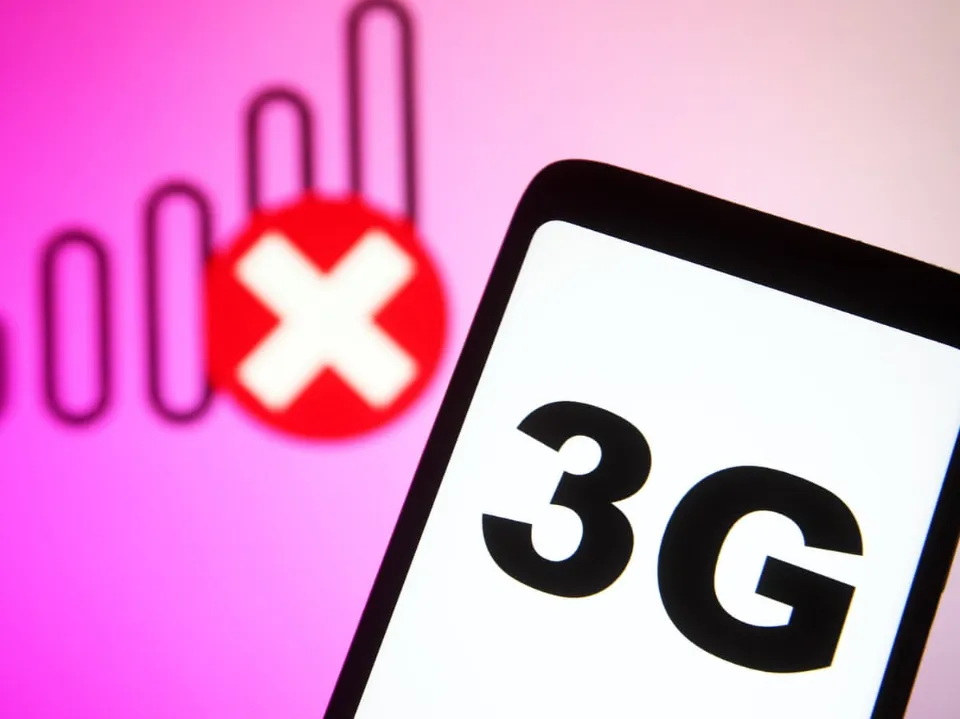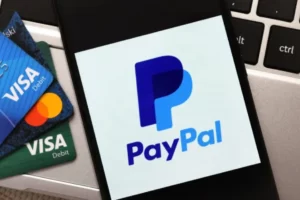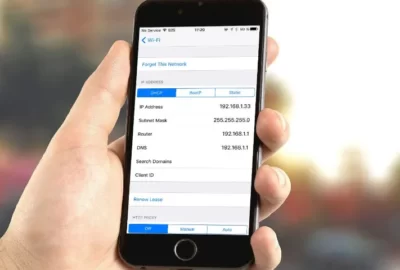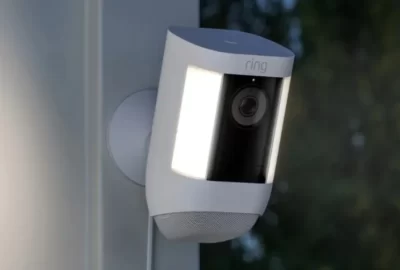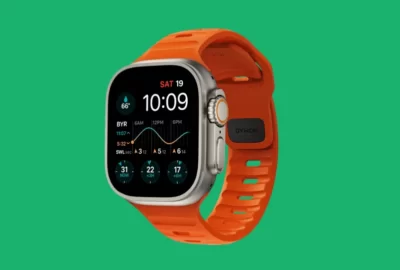Why is My Phone on 3G? 8 Causes & Solutions
We all want to stay current with our social media accounts, emails, and text messages in today’s internet- and technology-driven world.
When the question, “why is my phone on 3G?” starts bothering you, your device is probably having a network choke.
The main causes of your phone switching to 3G will be covered, along with solutions.
Why is My Phone on 3G?
Here are eight common reasons for your Phone on 3G.
1. Your Phone Might Be Set on 3G
One of the possible causes of your phone’s constant switching to 3G could be a factor concealed in your phone’s settings.
Because of the high network usage and attraction, smartphones frequently switch to 3G networks because they use less power.
Phones typically have settings for network compatibility, and depending on the situation, they automatically switch to the best networks.
The phone will automatically switch to a 3G connection if the 4G signal is spotty in the area you’re in or if your battery is getting close to dying.
Your phone may have been frequently switching to 3G for this reason.
Fix: Change Your Phone Settings
You can modify these settings in your phone if constantly using 4G is not a concern for you.
Follow these instructions to convert your phone’s 3G settings to 4G.
- visit the settings on your phone.
- Choose Network Settings.
- Choose (only 4G/force 4G).
2. 4G Network May Not Be Available in Your Area
The area of use is important when it comes to networking.
A built-in function of smartphones enables them to automatically switch to the available network.
This is the reason why, if there are no 4G signals present, your phone will automatically switch to 3G/2G or even LTE.
Some network providers might have a wider reach than others, depending on their location.
You might be having a network coverage issue if your phone is converting to 3G.
Fix: Relocate To An Area With Better Connections Or Purchase A Signal Booster
Ask your network provider to check the coverage in your postal area when you speak with them.
You may be having network problems if they confirm that there is poor coverage in your area.
This solution might seem like a long shot, but sometimes you have to go above and beyond to find a solution.
It might be time to move to a different postal code if you are frequently having 3G problems because there aren’t many networks in your neighborhood.
Alternatively, you could buy an antenna that can strengthen the network and put it outside your home.
If you do decide to move to a location with a better connection, though, you must thoroughly investigate the network options there.
To make sure you will have network availability, check the website of your network provider, contact customer service, or look for the network poles.
3. Your Device Might Not Be Capable
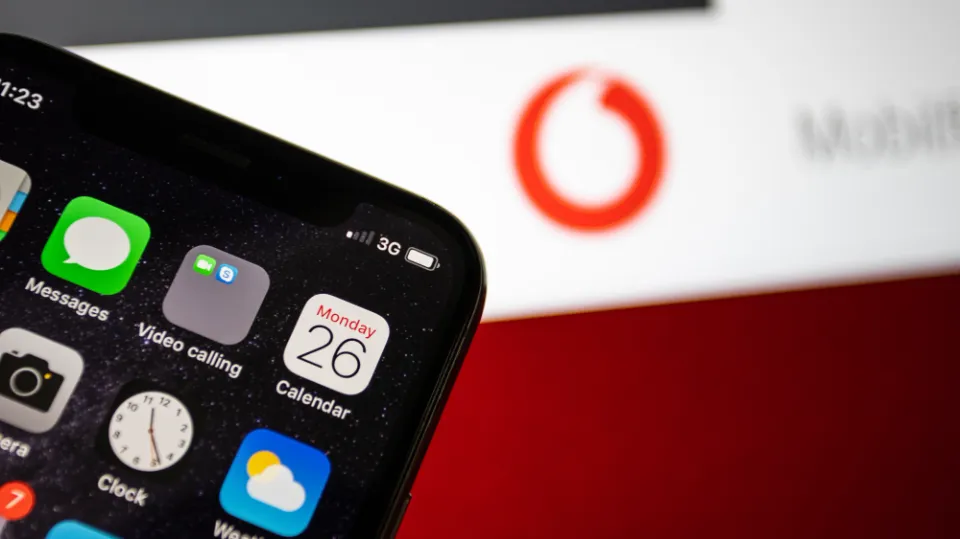
Your device may also be a major factor in why your phone frequently switches to 3G.
It’s possible that an old phone you own won’t support 4G.
Make sure to check your device’s compatibility because not all smartphones offer 4G.
Fix: Have A 4G Compatible Device
Checking the features of the phone before buying it is strongly advised.
You might think about upgrading to the most recent model if you have one of the older ones.
A trade-in is a service provided by some businesses that allows you to exchange your old model for a new one and pay the price difference.
Read More:
4. Your SIM Card Might Not Be 4G Compatible
Your SIM card may also be a major factor in why your phone frequently switches to 3G or entirely stays on networks other than 4G.
Even though the majority of network providers offer 4G services, some still do not.
You must ensure that the one you are using is compatible with 4G networks.
Check the status of the SIM card if you are using a SIM card from a provider of 4G services but are still experiencing problems.
This typically occurs if you have a SIM that was purchased when 4G was not fully functional.
Another possibility is that your SIM hasn’t been set up to use 4G networks.
Fix: Get A 4G Enabled Sim Card
Having your SIM card 4G enabled is one of the simplest solutions to this problem.
You can complete it using either of the next two approaches.
- Get in touch with the business’s customer service.
- It’s time to switch if your network provider is still not offering 4G networks.
Your SIM card must be functional if you want to continue using 4G.
Ask if a SIM is compatible with 4G or 5G whenever you purchase one from a network provider.
5. Your Phone May Need a Reboot
People no longer like to restart their phones unless a new update is required.
Rebooting is sometimes necessary to return your phone to its default operating mode.
Fix: Reboot Your Phone
Rebooting your phone is the simplest way to solve this issue.
Additionally, even if you are not experiencing any connectivity issues, it is strongly advised to restart your phone once a week.
6. External SIM Card Issue
Connectivity problems may also result from a dirty or improperly positioned SIM card.
Your network connection might be affected if your phone has recently been dropped or has been exposed to a lot of dust.
Fix: Clean Your SIM Card
You must remove, clean, and reinstall your SIM card in order to resolve this problem.
To clean it properly, you can use a fresh cloth or tissue.
Using a blow dryer or some light air from your mouth to blow into your phone’s SIM card jack is highly advised.
7. Your Phone Might Have Issues
Problems with connectivity can also be caused by hardware.
Your phone’s functionality might be impacted if it was recently dropped or damaged in some way.
Another potential cause is dust in the internal antenna of the phone.
Fix: Get It Repaired
Visit a repairman to have your phone fixed.
Tell them about the issue you’re having and that you’ve already done a check for any additional issues.
The technician will perform a complete inspection of the phone and repair the hardware.
8. Outdated Software
Network hiccups can be brought on by software bugs. Even worse, it might completely disable your mobile device. Remember, vendors do not support outdated software, so the new bugs within that software are not addressed.
A new operating system still cannot be used with out-of-date software, and it is less likely to function with new hardware. Having such software in your device can lead to system failure.
Fix: Update The Software
Simply updating the software on your phone will fix the problem.
Observe these steps if you are unable to locate any updates.
- Enter the phone’s default settings.
- Click on updates.
- Choosing phone software update.
For the majority of smartphones available on the market, the above steps apply.
If your phone doesn’t offer comparable settings, you can always use the search function found in the settings menu.
How to Check If Your Phone is 4G Enabled Or Not?
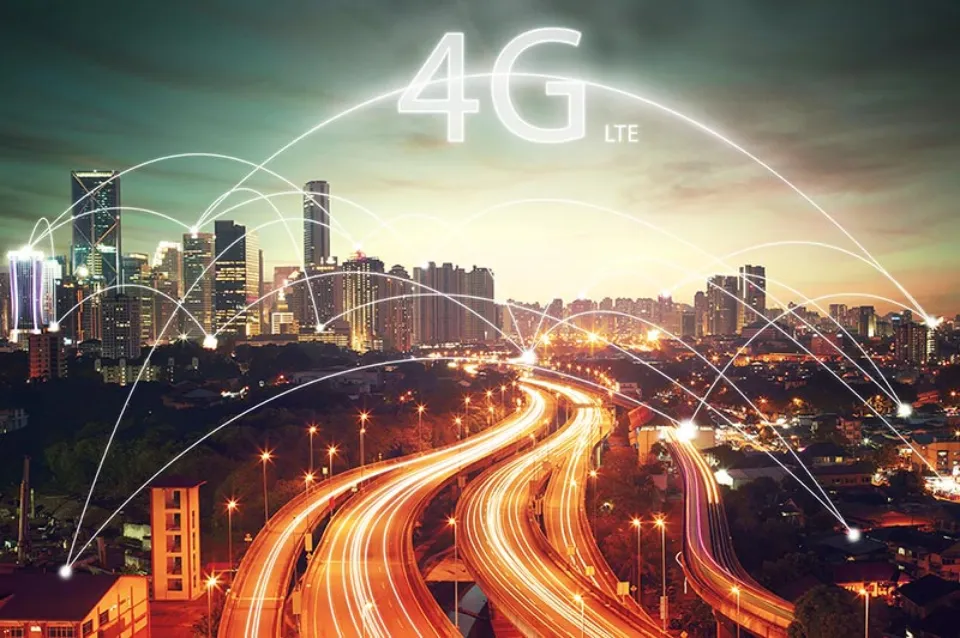
Examining the network settings is the best way to determine whether or not your phone is 4G enabled.
But right after you make the purchase is the ideal time to check the phone’s 4G capability.
Because this feature cannot be altered in the future, you must read the user manual at the time of purchase to determine whether it will offer a 4G network or not.
Read More: How to Tell If My iPhone is 3G Or 4G?
Can You Change a 3G Phone to 4G?
Yes, technically, you can convert a 3G smartphone to 4G by changing some internal components of your mobile device such as the processor and the modem.
You should also check the phone’s software to see if it supports 4G. If it doesn’t, you will need to modify certain aspects to make it compatible. So, in order to make the 3G phone 4G ready, you will need to disassemble it.
You would be better off switching from your 3G mobile to a new 4G phone, like a Samsung Galaxy, if you need a 4G phone because this is an expensive, risky, and highly technical procedure.
Is 4G Better Than 3G?
Because of its newest features, speed, and cutting-edge technology, the 4G network is superior to the 3G one.
It started operating in 2010 and, on average, offers a speed 500 times faster than 3G.
Recently, nearly all mobile carriers decided to phase out 3G devices.
Because they made users upgrade to 4G compatible devices, 4G is much superior to 3G.
Another great benefit of 4G is that you can access broadband on your devices thanks to its blisteringly fast speed, data transfer rates, and mobile signals.
Related Post:
Conclusion: Why is My Phone on 3G
Investigate the issue as soon as you can if your phone keeps switching to 3G.
Consider getting a new phone if you discover that it is unusable on networks other than 3G.
You now have the knowledge necessary to solve the issue right away after reading this guide!
FAQs
Why is My iPhone Showing 3G Instead of LTE?
This typically indicates that you are currently located somewhere without a 4G connection.
Why Does My Phone Go from 4G to 3G?
It occurs because your phone looks for a better alternative whenever the signal quality declines.
Why Does My Phone Switch from 4G to 2G?
There are a number of reasons your phone may switch to 2G from 4G. However, a lack of connectivity in your area is the most frequent cause.

